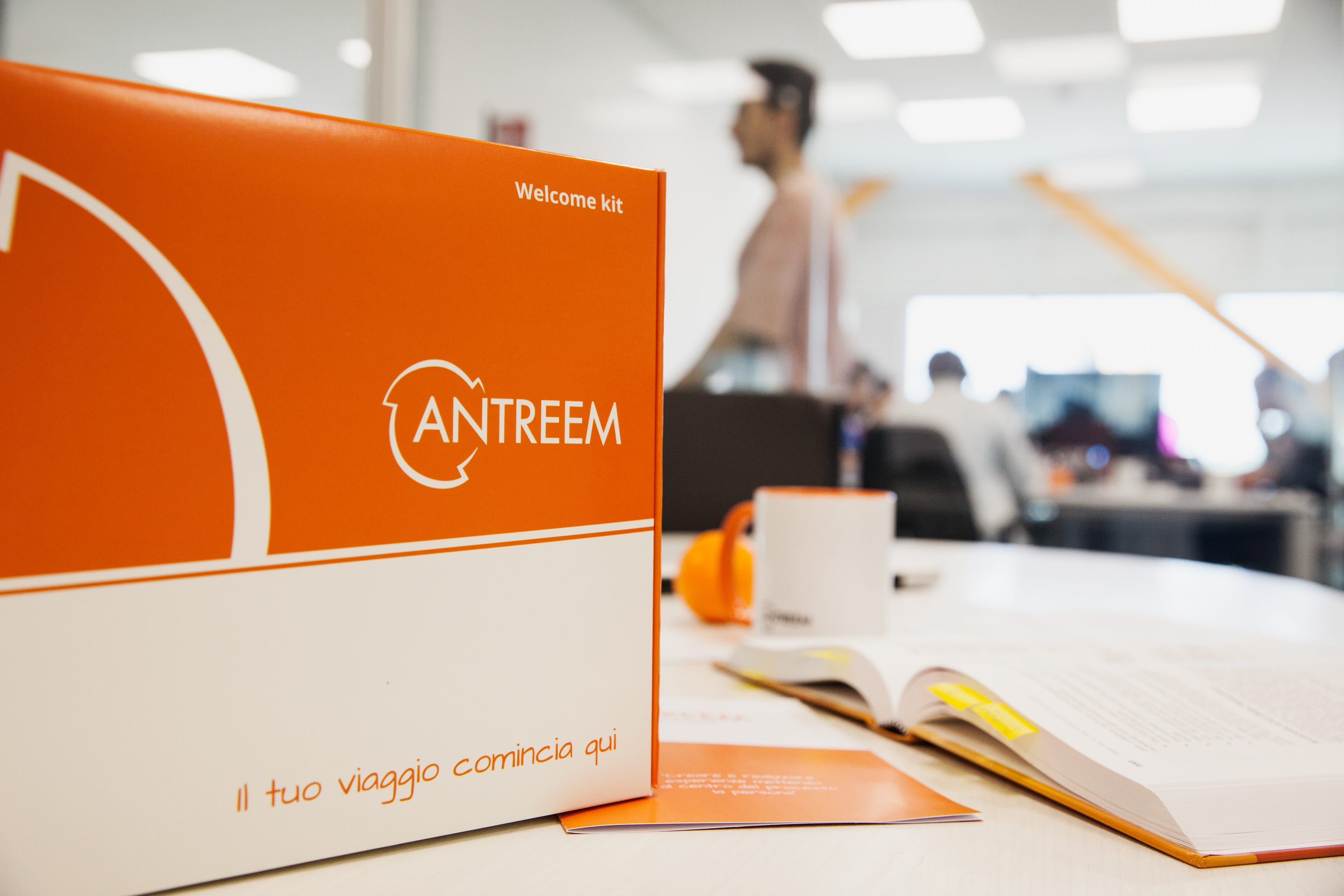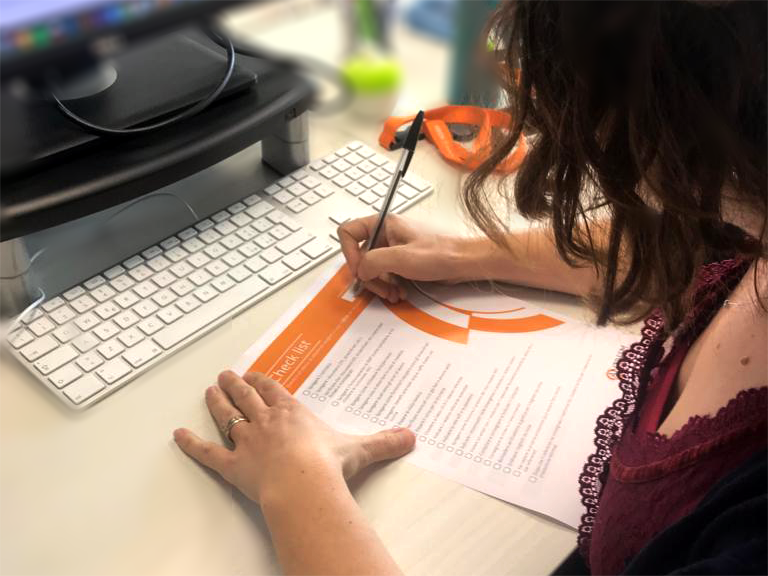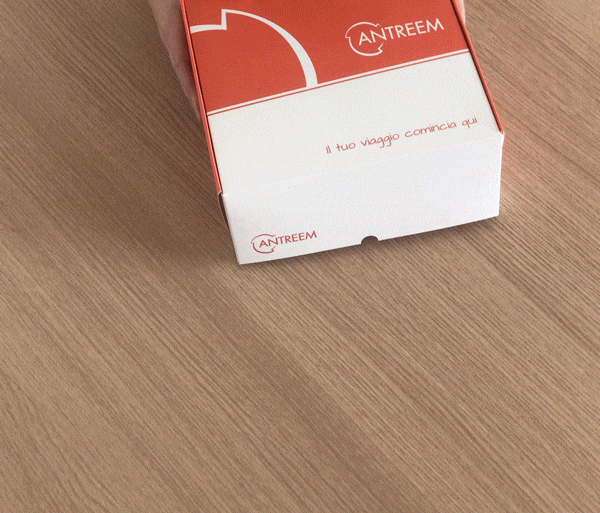UX for the Employee Experience
September 17, 2019
Elena Venieri


In a highly competitive world economy, designing a client’s experience is no more an option. User experience (UX) and Human-Centered design tools are useful inside Companies as well to build an improved experience, by pleasing the team and to keep and win over new talents.
Nowadays User Experience is of upmost strategical priority for the majorities of a Company activity: investing in a positive experience is a key factor to be different in a highly competitive environment…
Humans are suitable to react to experiences. This is the concept behind the success of Amazon and Netflix compared to competitors. In the meantime, the Companies effort to attract talented and high qualified employees is constantly increasing. This effort is now strategical to increase competitivity. An increasing number of companies are now recognizing the need to focus and improve their employees’ experiences in the workplace, and only focusing on customers.
In Antreem, we think about Employee Experience as well. We decided to focus on the newcomers — first step of onboarding — the very first impression is everything!
Integration of a new employee is crucial for its entire business life within the Company. An effective and consistent plan, designed to welcome the new employee at best, is worthy both to fill the gap between the candidate selection step and the employee day-to-day life. The application of the plan also acts as a catalyst for the satisfaction and the long working relationship.

Why applying UX to employee experience?
The company takes into account the following three factors, giving them a different priority…
Costs. It is widely recognized that the cost corrects an error founded after the product delivery is significantly higher than to get and fix it during the design process. This postulate could be transposed to the employee experience: When a Company loses a just skilled employee, due to he didn’t feel at ease there, the Company has to consider a cost varying from 5,8% to 213% of the salary of the same employee to cover the same position. In this scenario, preventive actions would have been more advantageous, instead of fixing the issue later. Obviously, the more specialized is the employee, the higher is the cost (Ref. “Center for American Progress”). It’s, of course, recognized that losing killed employee should be avoided. This is possible by applying UX principles when assessing the employee experience,
Brand Value: A second element for UX is brand value. Designing a significantly positive experience for a client increases the overall value of the Company brand. In the same way, designing Company employee experience — especially during the enrolment phase and during the very first days of the newcomer — is strictly connected with brand values since support the new employee to embracing the same values. Part of Antreem’s values is a human-centered approach, cooperation (work as a team) and creativity. The work environment and enrolment experience are to relate to these values as well. Employees that can enjoy the benefits coming from these values will be the Company brand ambassadors, they will be proud to transmit the Company values to the clients.
Finally: Company Competitiveness. In the context of a global economy leading toward a higher and higher competition with emerging economies, a recent report from Mercer demonstrate the request for the new talents far exceeds the offer in several areas of the world and especially having analytical thinking, motivational leadership and global (worldwide — open mind) attitude.
How to apply “Human-centered Design” to employee experience?
By the usage of our design process: research + design + validation.
We mainly focused on onboarding experience of a new employee. To do this we had to bring back in memory our very first and followed day in Antreem.

During the research step, we produced the “journey map” of the newcomer. The main steps are the recruiting, the integration in a team, the training definition, the set of personal and project goals. The production/design of proto-personas permitted us to identify some categories to better classify the different new employees based on their role within the Company, their level of seniority and the Company values we are most committed as a Company.
We spent time to design a rich and precise onboarding process. We believe this is the best way to create a stable relationship between the newcomer and the current employees.
An effective onboarding process means to plan in advance the welcome phase and to think of it from the newcomer point of view. The onboarding process does not stop on the first day but it ends when the employee is fully immersed in the assigned role.
Every step has been designed by UX designer having the ability to engaging all stakeholders: HR, administration, design e development colleagues.
As a result of several brainstorming held, six key points have been identified and drove Antreem in the process definition.
1. Level out the message. It’s required to identify and clarify the first impression we want to give to the new employee in relation to our values and our working environment. In this direction, it is important communication is coherent and aligned with our goals.
2. Plan the first day. We think to prepare a desk putting at ease the new employee and to be ready to cope with their need to understand their role and responsibility.
3. Support strengths. New employees should be provided with adequate time to think about their strengths and how much strength can fit and made at disposal to the Company. We are convinced that will permit them to be more motivated and satisfied.
4. Focus on social relationship. The on-boarding process should be fun and participated. Social connections made the experience better tailored, funny with an increase of new employee loyalty.
5. Allocate a tutor. Tutor support and ease the newcomer’s process. The tutor will be the main point of contact for new employee role and Company organization.
6. Collect feedback. Several methods for the collection of feedback to improve the on-board process are implemented such as:: online forms and chats.

During the process test phases the need to better structure the on-board experience via the definition of the Journey of all the involved persons. This led to a potential impact on some working processes to better cope with the newcomer needs.
New touchpoints for the administration office have been designed, but also new touchpoints between the Company and the new employee.
The reason to design a welcome kit
In order to permit the newcomers to feel welcome and in order to better establish which are the expectations of the first days both from the tutors and their allocated new employees. A decision was made to design something tangible and to guarantee a state-of-the-art onboard process.
Design and providing a welcome kit could help to:
- Contributed to be productive from immediately. Most of the people experiment a not-ideal “first working” day. In most of the case: you are introduced to everybody and after having collected the office key you sit at your desk unsure on what you need to do. This can be very frustrating. The welcome kit gives the new employee a set of useful tools permitting to feel welcome and to get confidence since the beginning with the new tools.actionable.
- Clear and simple communication. We created a welcome email to clearly explaining any channel for internal communication, such as a focus on Skype and What’s App. The allocated tutor will be supportive at all times during the first period to help the newcomer to use such tools in an effective way.
- Establishing expectations. Within the welcome kit and via the Employee’s Manual are collected all the commons and office ad-hoc rules. This last the plan of the very first day. of the office and the team. It includes the first-day plan.

Results
The introduction of such tools and the applied methodologies to the onboarding experience of a new colleague has de-facto led to a better and comfortable first day.
We believe in continuous feedback from the very beginning. Thanks to the feedback coming from the new employees we have now state about the positive results of the adopted methodology and we have also collected and applied suggestions. This work paid back with improvement in productions and employee wellness within the Company.
Our aim is to keep alive for a long time these good practices related to onboard process, experience.
Written in collaboration with Ida Di Bernardo. Originally based on Antreem blog.